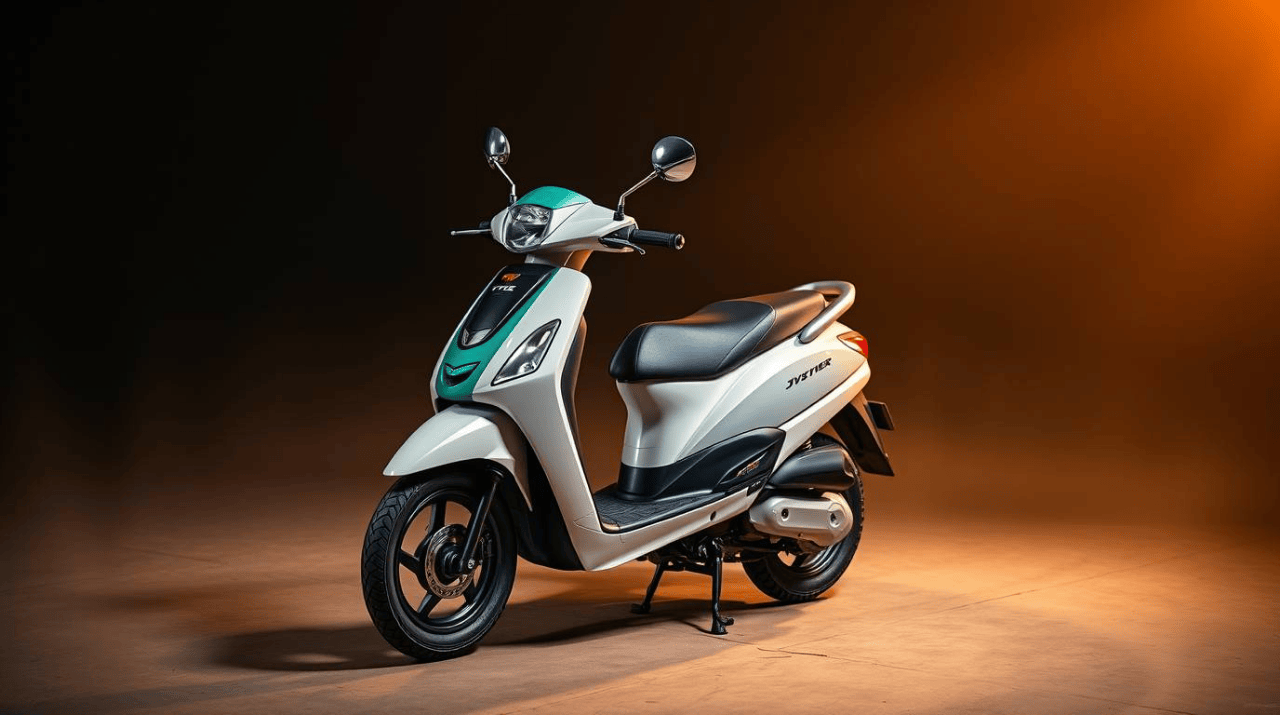For years, two-wheeler commuters in India have been trapped between rising petrol costs and the lack of affordable, eco-friendly alternatives. Now, imagine zipping through crowded city streets without watching your fuel gauge plummet every other day. That’s exactly the promise being teased with the upcoming TVS Jupiter CNG—a scooter that could change the way millions think about daily commuting.
Why CNG on a Scooter?
At first glance, CNG and scooters might sound like an odd marriage. After all, compressed natural gas has mostly been a four-wheeler story in India—rickshaws, taxis, and buses. But with petrol prices hovering above ₹100 per liter in several states, the appetite for cheaper and cleaner alternatives is huge.
CNG typically costs less than half the price of petrol, and according to the Ministry of Petroleum and Natural Gas, it produces significantly fewer carbon emissions. For city riders, this means two wins: lighter expenses at the fuel pump and a smaller carbon footprint.
What Makes TVS Jupiter CNG Different?
TVS is already a trusted name in scooters—the Jupiter alone has sold over 5 million units since its launch. The CNG variant, if rolled out as rumored, could become a category-defining product. Here’s why:
| Feature | Petrol Jupiter | Expected CNG Jupiter |
|---|---|---|
| Mileage | 45–50 km/l | 70–80 km/kg (CNG equivalent) |
| Running Cost (per km) | ₹2.5–3 | ₹1–1.2 |
| Emissions | Higher | 25–30% lower |
| Fuel Availability | Widely available | Expanding, with over 5,700 stations across India (PNGRB) |
The real challenge, of course, lies in packaging. Scooters don’t have the same boot space as cars, so TVS engineers will need to design a compact cylinder that doesn’t compromise on under-seat storage—a big deal for urban riders.
The Economic Angle
For a family that spends ₹2,500–3,000 monthly on petrol for daily commuting, shifting to a CNG scooter could cut the bill nearly in half. Over a year, that’s a saving of around ₹15,000—money that could go into investments, groceries, or even a short vacation.
With the government already pushing for alternative fuels under its National Electric Mobility Mission Plan (NEMMP), a product like the Jupiter CNG might even get subsidies or tax benefits, making it even more attractive for the middle-class buyer.
Competition and Market Potential
The scooter market in India is massive—over 5 million units sold annually. While electric scooters have been making noise, range anxiety and charging infrastructure remain stumbling blocks. That’s where CNG scooters could slip in quietly and win over practical, budget-conscious customers.
If TVS does launch Jupiter CNG, it could spark a new wave of two-wheeler innovation, forcing rivals like Honda, Hero, and Suzuki to explore similar options.
Environmental Impact
Cities like Delhi and Mumbai, where pollution levels often breach safe limits, desperately need cleaner commuting solutions. According to the Central Pollution Control Board (CPCB), vehicular emissions are a leading contributor to urban air pollution. By switching just a fraction of two-wheelers to CNG, emissions could drop considerably.
And let’s not forget—CNG burns cleaner, with fewer particulates, meaning less stress on lungs and a marginally cooler planet.
FAQs
Is TVS Jupiter CNG available in the market right now?
No, the company hasn’t officially launched it yet. It’s still in the rumor/speculation phase.
How much would a CNG scooter cost compared to petrol?
If launched, expect it to be slightly pricier upfront (due to the CNG kit) but cheaper to run long-term.
Will CNG stations be enough to support two-wheelers?
India already has thousands of CNG stations, with expansion plans under PNGRB. Urban areas will be better covered than rural ones.
How safe is a CNG scooter compared to petrol?
CNG is generally safe when cylinders are built to standards and tested properly. TVS would need to meet government safety certifications.
Can CNG scooters replace electric vehicles?
Not entirely. EVs are still the government’s long-term bet, but CNG could be a strong transitional option.



